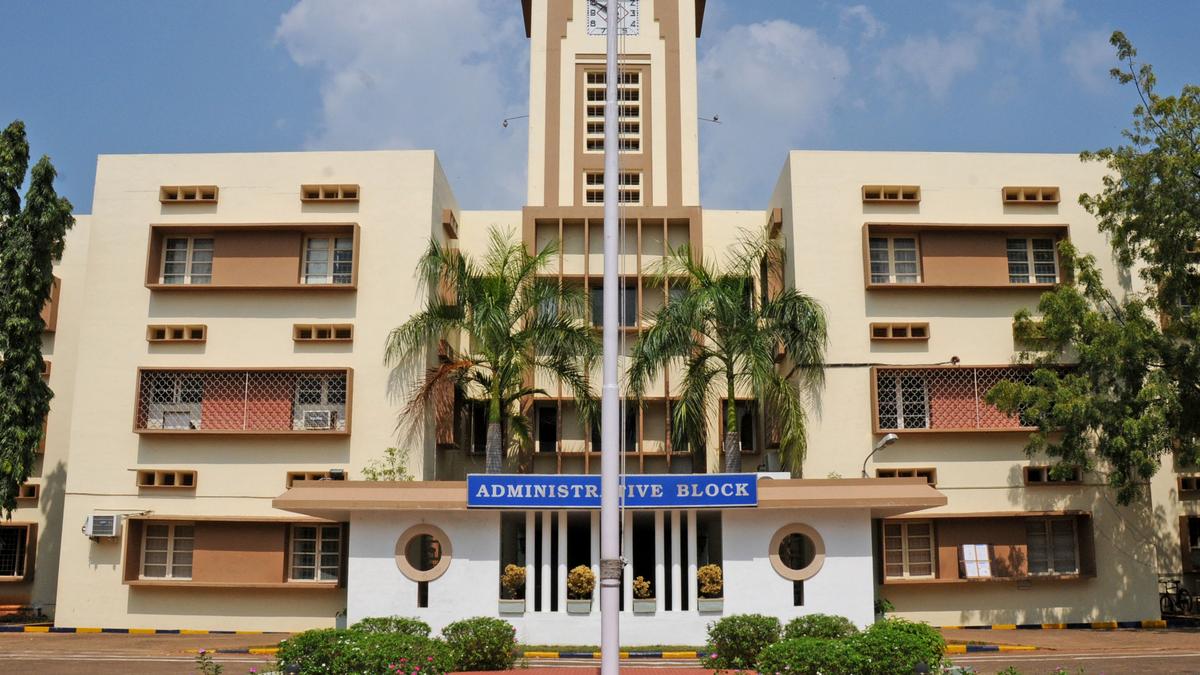Now Reading: Nearly 200 Families Evacuated from Flood-Hit Srinagar
-
01
Nearly 200 Families Evacuated from Flood-Hit Srinagar
Nearly 200 Families Evacuated from Flood-Hit Srinagar
Swift Summary
- Flood Evacuations in Kashmir: nearly 200 families were rescued and relocated by police from flood-hit areas in Srinagar district as water levels of the Jhelum River began receding on September 4, 2025.
- Rescue Operations: the evacuations involved Srinagar Police working closely with the State Disaster Response Force (SDRF) and River Police under territorial officer supervision.
- Key Areas Impacted: Rescued families included:
– 24 families from Peerzo Island and Basant Bagh.
– 39 families from regions like S R Gunj, Safakadal, Noorbagh, Guzarbal, among others.
– Additional groups evacuated from Tailbal/Hazratbal (20 families), Tankipora/Karan Nagar (20 families), and other vulnerable localities such as Qamarwari Bund (63 individuals).
- Preventing Escalation: Authorities minimized risk by plugging breaches in embankments while setting up traffic regulation systems to ease congestion.
- Citizen Cooperation Encouraged: Dedicated helplines have been activated for assistance; residents are advised to avoid unnecessary travel during heavy rainfall and report hazards promptly.
Indian Opinion Analysis
The timely intervention by Jammu & Kashmir authorities highlights commendable preparedness amidst pressing weather challenges. Flood relief efforts-rescues, relocation plans, sealing embankment breaches-exemplify proactive governance aimed at mitigating adversity. While water levels have slightly eased in the Jhelum River as reported today, infrastructure pressures persist due to regional vulnerability to extreme weather events.
This situation underscores a dual need for strengthening disaster response mechanisms while improving urban resilience against climate-induced risks-not solely through evacuation strategies but also long-term safeguards like drainage upgrades or sustainable land use policies. Community cooperation remains pivotal; official advisories urging residents’ caution suggest an approach balancing immediate safety with coordinated public support.
For india managing similar scenarios elsewhere can benefit significantly from adaptive disaster management models developed here-bridging reactive measures with structural resilience-and scaling them nationally where required.
Photo Credit: Imran Nissar
Read More

























